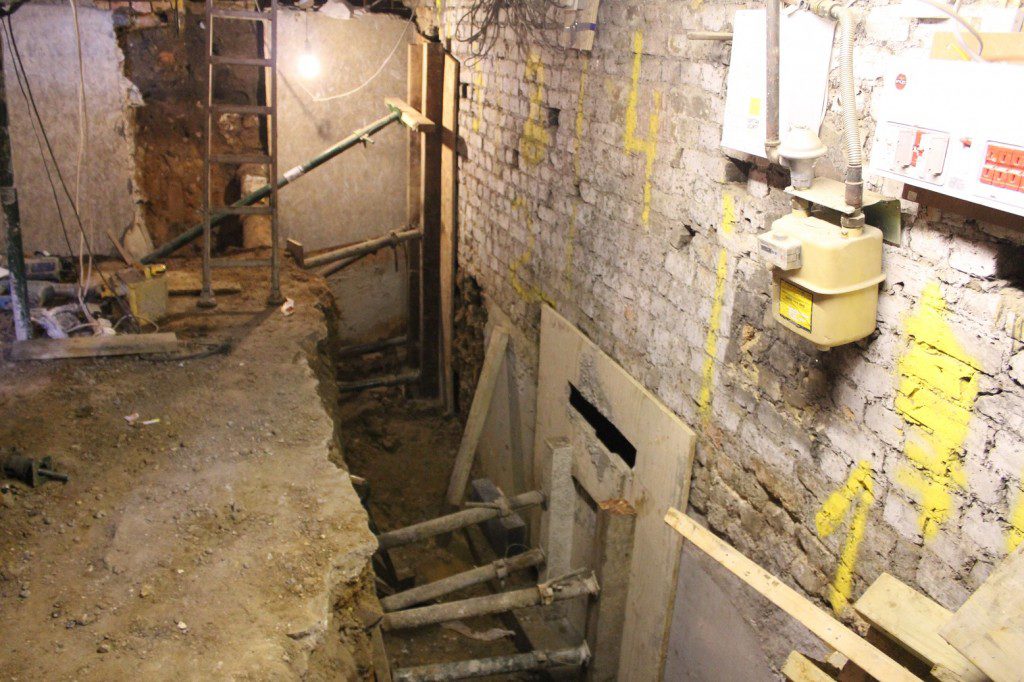Building a house or commercial structure requires a solid concrete foundation in order to support its load-bearing walls. While there are various kinds of foundations, two of the more popular are T-shaped and slab-on-grade.
Poured concrete foundations are becoming increasingly popular as they offer less vulnerability to moisture than block ones, yet require more preparation and time to build.
Digging the Site
Step one in building a concrete foundation is clearing away any debris or obstacles, such as tree roots, rocks and any other materials present on site. Furthermore, it’s crucial that this area remains level. Know more about Underpinning Melbourne.
Before digging a foundation, it is also necessary to prepare the soil by adding water and compacting the dirt down – this ensures that your foundation will stand firm over time without cracking over time.
As there are various foundations available, poured concrete foundations are among the most frequently chosen options for building homes or large structures. Offering increased strength compared to other forms of foundations and capable of supporting heavy loads, they’re an excellent option when choosing to put up walls or other large structures. Other popular choices for foundations are mat foundations, slab on grade foundations and strip footings – though they may cause settlement issues if constructed incorrectly.
Formwork
After setting up the formwork, the foundation is then poured. For optimal results it is crucial that a high strength concrete mix be chosen while taking into account local humidity conditions. Furthermore, contractors must determine how much concrete they require by visiting their construction sites; otherwise they risk running out.
Concrete forms come in all shapes and sizes, but all require wooden pieces called formwork to help mold them into place. Formwork typically comprises 24 pieces that outline dropped areas like porches or showers to keep moisture from collecting underneath the house.
Dependent upon the type of foundation chosen, footings and stem walls may need to be constructed separately. But with mono-pour technology, all foundation can be laid in one operation for greater strength without joints that require waterproofing – an attractive option for homeowners seeking to cut costs through reduced contractor expenses.
Pouring the Concrete
Pre-pour meetings should include field superintendents, foremen and cement masons to review concrete pour specifications. This ensures everyone is on the same page and no misunderstandings arise during construction.
Once concrete has been poured, it must be leveled and smoothed over. Leveling can usually be accomplished using either a bull float or magnesium hand float; during smoothing processes the far side should be raised slightly to reduce drag marks on the concrete surface.
At this stage, it is also wise to groove the concrete to create control joints and avoid cracking later. Groovers can be used to cut grooves into the surface before using forms to set and cure. Concrete is an extremely resilient material but requires routine care in order to remain attractive and perform well.
Finishing the Work
A foundation is an essential component of building any house. This large structure holds up the building from sinking into the earth. Concrete foundations are among the strongest materials and best suited to bear the load imposed upon them; other types can also be constructed; however concrete remains one of the more resilient options available to use when it comes to construction work. Though difficult, building a house’s foundation requires much hard work.
Construction of a concrete foundation must take into account soil conditions. A foundation must be designed specifically to its site, taking into account quality of backfill material, water tables and other factors. Any one of these details left neglected could lead to cracking and failure of the foundation; furthermore, curing must occur at an optimal pace with adequate moisture control ensuring maximum strength at completion. For successful foundation building it is vitally important that an experienced concrete contractor be hired.

